Common names.
hadrian
14 years ago
Related Stories

GARDENING GUIDESWhat’s in a Name? See 6 Wildflowers That Aren’t ‘Weeds’ at All
Dispel the stereotypes of weeds and try these wildlife-supporting native wildflowers in your garden
Full Story
VINTAGE STYLESee Your Name in Lights
Marquee letters have moved from the carnival to the home, bringing all of the fun with them
Full Story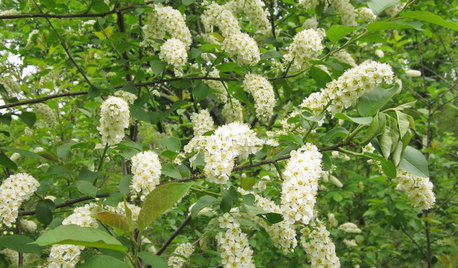
TREESNative Plant Alternatives to Invasive Common Buckthorn
Learn how to identify and control this aggressive plant, and what to grow in its place
Full Story
LIGHTINGYour Guide to Common Light Fixtures and How to Use Them
Get to know pot lights, track lights, pendants and more to help you create an organized, layered lighting plan
Full Story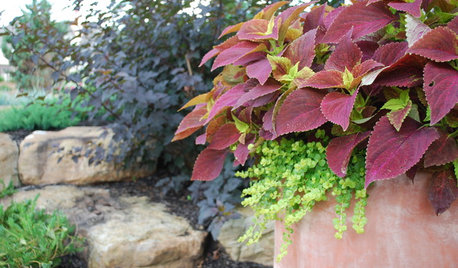
LANDSCAPE DESIGNUnify Your Garden With a Common Thread
Bring the areas of your garden together to give it a unique sense of place
Full Story
FLOWERS AND PLANTSHelp Monarchs and Other Butterflies by Planting Common Milkweed
Summer-blooming Asclepias syriaca is an important larval host plant for the monarch butterfly and attracts a number of pollinating insects
Full Story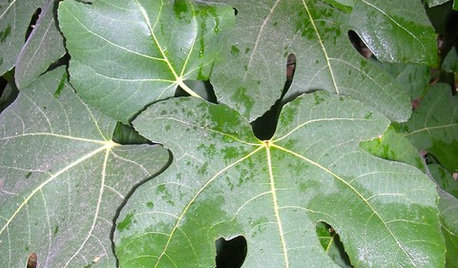
GARDENING GUIDESGreat Design Plant: Common Fig
A full form and delicious fruits make this Middle Eastern tree a favorite in gardens around the world
Full Story
Common Household Cleansers for Leather Upholstery
Clean and condition your leather sofa, chairs, handbags and more with ingredients already in your cabinets
Full Story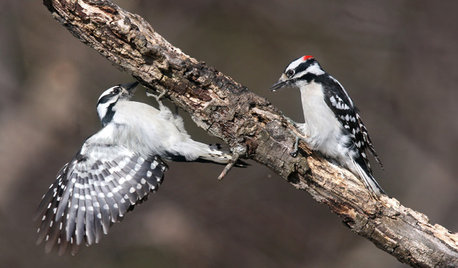
GARDENING FOR BIRDSBackyard Birds: How to Identify Two Common Woodpeckers
Downy and hairy woodpeckers have similar coloration and behavior. But there are two big differences that separate them
Full Story
COLORBusted! Get the Facts for 8 Common Color Myths
Give hearsay the heave-ho — let these expert explanations improve your paint and decor choices instead
Full StorySponsored
Most Skilled Home Improvement Specialists in Franklin County
More Discussions






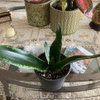

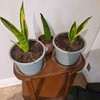
norma_2006
norma_2006
Related Professionals
Horsham Landscape Architects & Landscape Designers · Arlington Landscape Contractors · Bethlehem Landscape Contractors · Clayton Landscape Contractors · Cockeysville Landscape Contractors · East Haven Landscape Contractors · Fair Oaks Landscape Contractors · Fairview Landscape Contractors · Mashpee Landscape Contractors · Mount Kisco Landscape Contractors · Raleigh Landscape Contractors · Palos Hills Landscape Contractors · Annapolis Window Contractors · Carol City Window Contractors · Leicester Window ContractorshadrianOriginal Author
norma_2006
mikey-gardener
norma_2006
hadrianOriginal Author
pirate_girl
penguinesque
hadrianOriginal Author
tf.-drone
norma_2006
hadrianOriginal Author
norma_2006
norma_2006
norma_2006